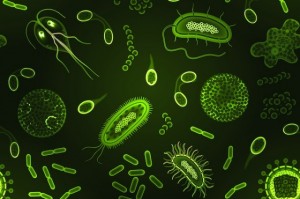A preprint came out yesterday entitled “Transmission Potential of SARS-CoV-2 in Viral Shedding Observed at the University of Nebraska Medical Center“. They looked at actual virus shed by patients in a healthcare setting (as opposed to artificial virus aerosols). They found widespread contamination of surfaces and objects in the room… but all of the detection …
(This is a blog post by Cinta Gomez-Silvan, the first author on this paper) Story behind the paper: A comparison of methods used to unveil the genetic and metabolic pool in the built environment. It seems pretty obvious that in the field of microbial ecology we need to understand how living microorganism interact. Nevertheless, …
A post of interest from Noah Fierer. Let’s say a microbial ecologist wants to identify which bacteria are active in a given environmental sample at a given point in time. For example, you may want to determine which bacteria are active in a desert soil after a large rainfall event. This is often done …
A few years ago I was hearing increasing discussion about the idea that much of the microbiology of the built environment was “stamp collecting” and that the indoor microbiome might consist largely of dead or non-viable material passively deposited indoors. Many pweople argued that there was a need for better tools (or increased use of …
Really nice collection in the journal RNA for their 20th anniversary. So many interesting things here on the RNA world, RNA ctalysis, RNA structure, RNA function and more. Although all of these papers in some way relate to the work I do on sequencing and analyzing microbial genomes and metagenomes, a few of of particular …


